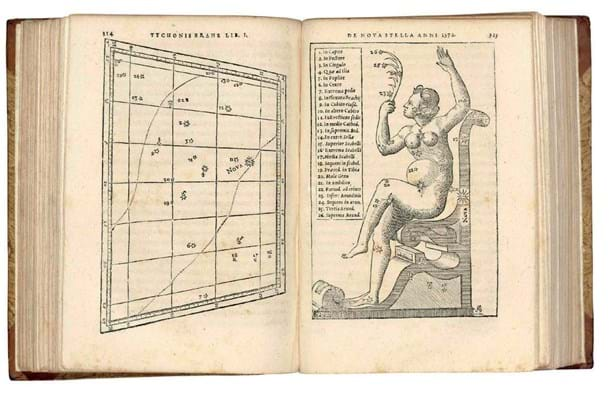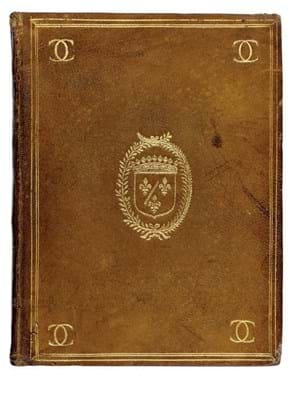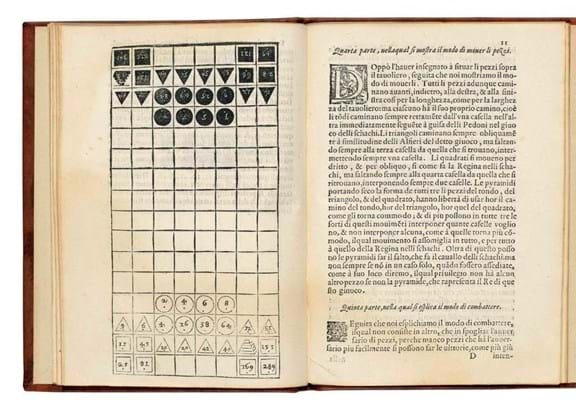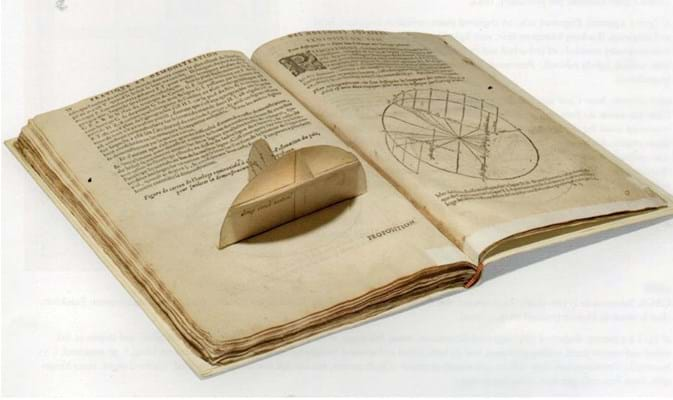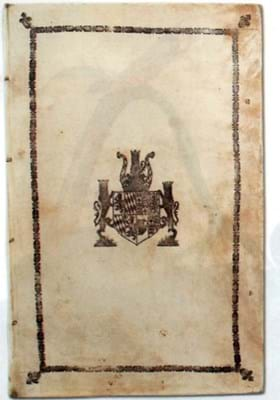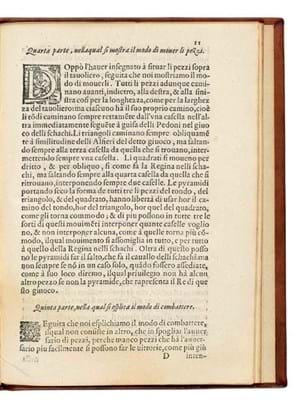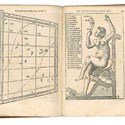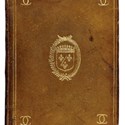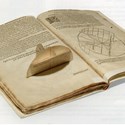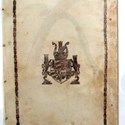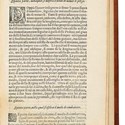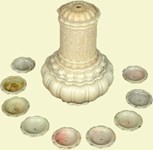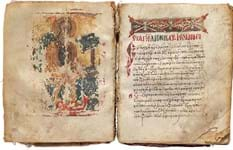A GREAT many record prices were achieved when the second portion of the Giancarlo Beltrame library of scientific books* was sold by Christie’son November 30.
At the same time, nearly one third of the 368 lots failed to get away, but few items of major importance could be counted among those failures.
Top lot, at £24,000, was a mid-19th century illuminated manuscript almanack produced for an Ottoman Turkish sultan that did not quite fit in with the principal focus of the collection. However, far more out of place was a 30-lot erotica section that provided a sort of interval attraction among all those serious scientific studies.
That little diversion followed close on the heels of the sale of a 1665, second edition of Diophantus’ Arithmeticorum… featured in last week’s reports (ATG No 2272).
Containing Fermat’s observation on the theory of numbers and providing a step towards the invention of the differential calculus, it was the most expensive of the printed books.
Some of the other highlights of the second division sale, which totalled £945,875 with premiums, are described below or in the accompanying illustrations and caption stories.
Sole survivor
The Greek mathematician and astronomer Aristarchus of Samos is renowned as the first man to have proposed a heliocentric theory, some 18 centuries before Copernicus, but only one of his works has survived.
Putting forward his view that the sun, not Earth was the fixed centre of the universe as then understood, and that stars were other distant suns and the universe much larger than his contemporaries believed, it was first printed in 1498, along with other texts.
A woodcut-illustrated version incorporating a commentary by Pappus of Alexandria appeared in Pesaro in 1572 as De magnitudinibus, et distantiis solis, et lunae… The Beltrame copy of that first separate edition, bound in modern vellum, sold at a record £10,000 at King Street.
An illustrated anti-Copernican tract of 1643, using his own theories on terrestrial magnetism to prove the immobility of Earth, is Jacques Grandami’s Nova demonstratio immobilitatis terrae petita ex virtute magnetica. The only copy offered at auction since the Honeyman example made £700 at Sotheby’s in 1979, this one sold for £6000.
Using the sheets printed at his observatory press on the Baltic island of Hven in 1588, copies of Tycho Brahe’s work on a comet of 1577, De mundi aetherei recentionibus phaenomenis…, were reissued in Frankfurt in 1603 and again in 1610.
A washed and extensively repaired copy of the latter, rebound in modern quarter pigskin, sold at £14,000 – more than doubling the previous best for either edition.
Two lots that made higher than predicted sums were among publications featuring the work of Ruggiero Giuseppe Boscovich.
Estimated at £1500-2500 but sold for £4800 was a 1748, Rome first of his Dissertationis de lumine…, a critique of Newton’s optical theories that has not been offered at auction for at least 40 years.
Bid to £13,000 rather than the suggested £700-1000 was a copy of his De centro gravitatis… of 1751 – this time a second, revised edition, the work having been issued slightly earlier that same year by a different Roman publisher.
“Boscovich stands between the natural philosophy of Newton and Leibniz at one extreme and Faraday in the field theory at the other,” said the cataloguer.
Sold for £4000 (and thereby surpassing a record set in 2004 for the Macclesfield Library copy at Sotheby’s) was a rare, woodcut-illustrated work on sundials by Salomon de Caus, La Pratique et demonstration des horloges solaires of 1624.
In modern boards and with the text block mounted on stubs throughout, it had a number of faults but was seemingly complete with all diagrams, among them four with moveable parts or attachments. See illustration, top.
Another de Caus book, a second issue copy of La Perspective… (London, 1619 or later) in period limp vellum, somewhat soiled, spotted or stained, sold for £8000.
The first treatise on perspective printed in England, it is also said to be only the second English book to make use of folding or pop-up flaps in illustration. Anamorphosis, intricate projections, optical illusions, shadows and mirroring all feature in its illustrated content.
A copy of the 1612 first issue was offered in a Reiss & Sohn sale of November 15-16 and it sold at €12,000 (£10,320) – just short of the record £11,000 paid at the 2002 Sotheby’s sale of the Geometry & Space library of M Arnaud de Vitry.
The de Caus perspective book is dedicated to Henry, Prince of Wales, eldest son of King James I, to whom he had taught perspective after his first arrival in England in 1610.
However, following the staunchly protestant Henry’s untimely death, aged just 18, de Caus moved to Heidelberg where he worked for the Elector Palatine, Frederick V, whose wife was James I’s daughter, Elizabeth. The Reiss copy bore a blind-stamped coat of arms proclaiming that alliance to its contemporary vellum binding (illustrated left).
New high
Yet another record-breaker, at £13,000, was a 1665 Bologna first of Francesco Grimaldi’s only published work, one that revealed his celebrated discovery of optical diffraction: Physico-mathesis de lumine, coloribus, et iride.
With no other copies listed in either the American Book Prices Current or Rare Book Hub records, the copy in contemporary vellum of Pierre Gassendi’s De motu impresso a motore translato, a treatise on inertia by a “pioneering observational astronomer”, has also got to be a record-breaker at £11,000.
The Dictionary of Scientific Biography says of Gassendi: “On one point – and it is an important one – [he] was more successful than Galileo: he correctly stated the principle of inertia. The experiment… performed in 1640 in Marseilles, overthrew the argument of Copernicus’ opponents against the movement of the Earth.
“Gassendi arranged to have a weight dropped from the top of a vertical mast on a moving ship in order to demonstrate that it fell at the foot of the mast and not behind it, thus sharing in its fall the forward motion of the ship…. Motion is, in itself, a physical state, a measurable quantity, not …the change from one state to another.”
Just one more record-breaker to end this report, a 1759, St Petersburg first of Aepinus’ Tentamen theoriae electricitatis et mannetismi, one of the more original and important works on electricity, that sold at £4800.
* The first Beltrame sale, held on July 13, ran to just 100 carefully selected lots that raised £5.42m including premiums, with a similar failure rate of around one-third of those lots. A preview of that sale appeared in ATG No 2249 and a report followed in ATG No 2253.


